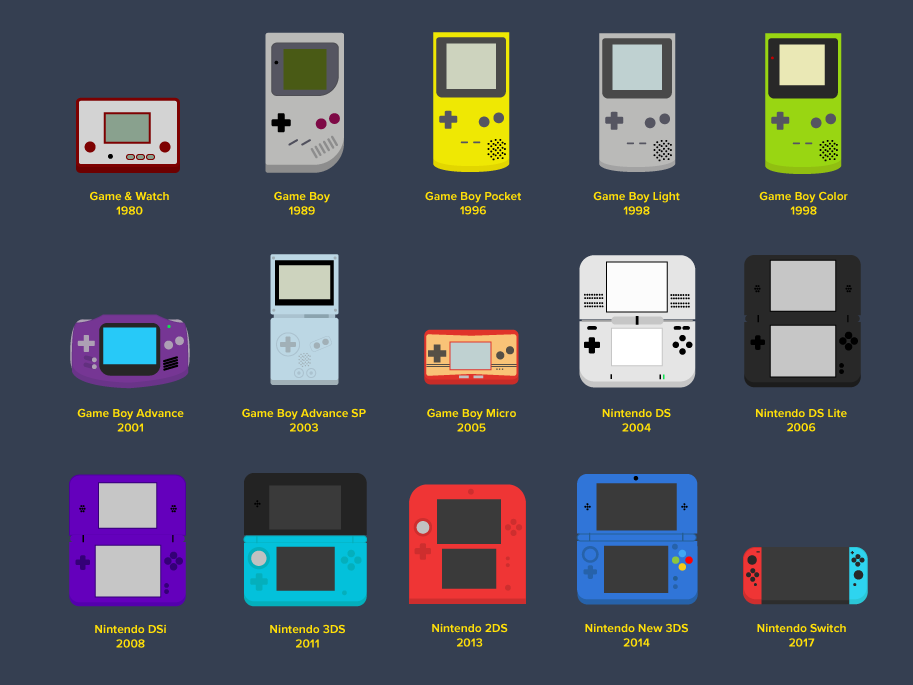

Is it worth spending a lot of time to track down this particular version nowadays, when we have so many different incarnations of this game spread across a dozen systems? Probably not. In the arcade each character's animation was completely redrawn while in the home version it looks as if the same sprites as always are used (except in specific instances, like Vega's new basic attack animations and the like.) Sound is also starting to show some major downgrade, however these differences are really so minute that only purists would even notice. The Super Nintendo version stacks up well to the arcade, however at this point the Snes starts to show it's limitations. It all does a good job of fleshing out the existing game, although by this point (1994) Street Fighter was starting to get kinda old. The new characters are a welcome addition but none of them really hit top tier status. The biggest addition however is the four new characters, T.Hawk, Fei Long, D.J., and Cammy, who (with the exception of Cammy) have all pretty much faded into obscurity nowadays. However the speed of the game has been slowed down a lot from SF2 Hyper Fighting, which gives this game more of an "old school" feel. There are subtle differences here and there, new moves and different frames of animation for some of the characters (especially the bosses, which used the same limited animation frames in earlier versions,) changes to the amount of hits/damage a particular move will do, changes in the backgrounds, new endings, redrawn pre-match portraits, etc. This is Capcom after all.Īnyway, to the game - it's essentially old school Street Fighter, so the same rules apply. Thus since Street Fighter was a super gigantic mega-hit that no one saw coming and Capcom starting getting tons of mail from fans salivating for a sequel, they did what they always do - release a million little versions of the same game over and over to make lots of money. So, since downloadable patches and expansion packs hadn't really been invented yet (for the home console scene at least,) the next best thing was to release a whole new "edition" of your game, with everything improved.

Back in the day when games still came on cartridge there was no way to "patch" a game (a convention that didn't start until PC games started doing it a few years later.) So whereas today when you can put out even a console game with severe flaws, crash bugs, or missing levels/characters and then release a series of subsequent patches, back then when a game shipped that was it, and what you had in your hands was the final version, warts and all. The fourth in the series of Street Fighter revisions adds four new characters but changes little else.


 0 kommentar(er)
0 kommentar(er)
